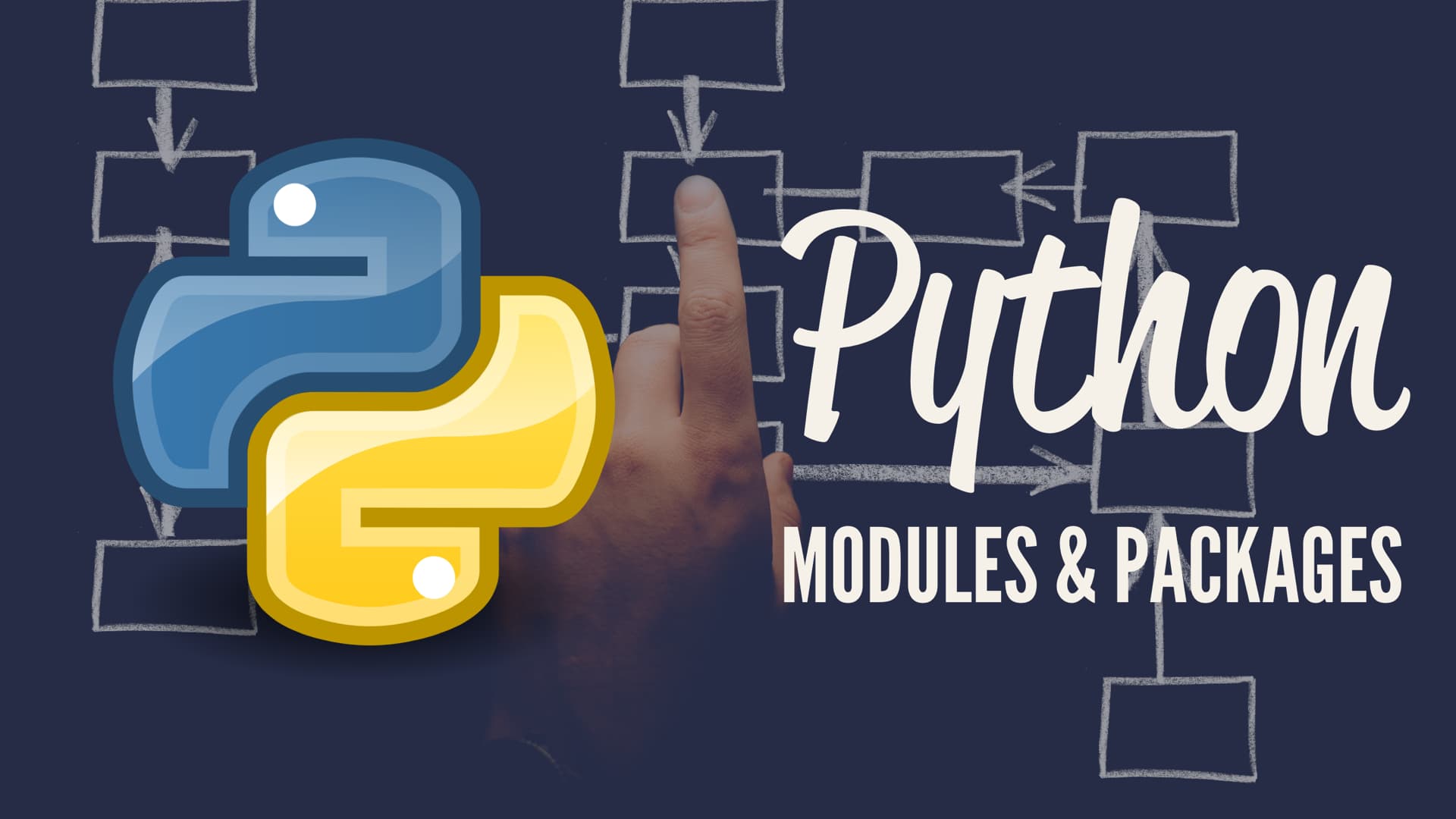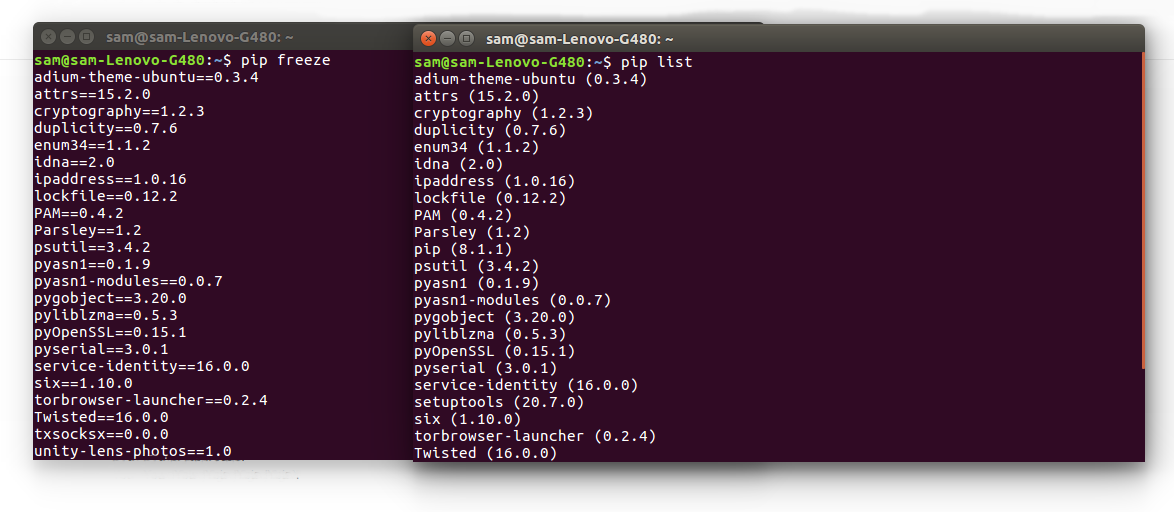[Complete] How To Check Installed Python Modules In Linux - See The Explanation!

python modules packages init programming real introduction
How To Check Installed Python Modules In Linux
Python is an open-source and versatile programming language that is widely used in a variety of applications all throughout the development world. It comes with a variety of useful and powerful modules that can streamline and enhance your programming experience. In order to take advantage of these modules and libraries, it is important to know how to check which modules are installed on your Linux system.
-What are Python Modules?
Python modules are code libraries that you can include in your own code in order to add functionality. Modules enable developers to include existing modules of code into their own Python programs without the need to write the code from scratch or understand complex computer terms. Modules come in the form of pre-built libraries that contain functions and classes that can be executed directly. Modules are designed to increase your efficiency, allowing you to make use of existing code to perform operations that would be too tedious to do by hand.
Benefits of Using Python Modules

Using Python modules can be hugely beneficial for developers. With the help of modules, developers can increase their efficiency and accelerate the development process. By utilizing existing modules of code, developers can create more complex programs in a shorter amount of time. Furthermore, developers can use modules to experiment and make changes to code quickly and easily.
In addition to speeding up development, modules also allow for code reuse in other applications. By taking advantage of modular programming, developers can create more versatile programs that can be easily adjusted to work in different contexts and environments. This can save a huge amount of time and effort when creating complex applications or making changes.
How to Check Installed Python Modules in Linux
Checking which modules are installed on your Linux system is a quick and easy process. The first step is to launch the terminal of your Linux system. Once the terminal window is open, type in the command “python3 –m pip list” and hit enter. This command will output a list of all the installed Python modules on your system.
You can also check the version of a specific module by typing in the command “python3 –m pip show (module name)”, where “(module name)” is the name of the module you wish to check. This command will output the version of the module that is installed on your system, along with any other information related to the module such as the name, author and date of release.
Preparation Before Installing Python Modules

It is important to take the necessary steps to prepare your system before installing Python modules. First, ensure that you have the necessary permissions to install modules on your system. If you do not have permissions, consult with your system administrator.
It is also important to be aware that some modules require additional dependencies, such as extra libraries or other packages. If a module requires additional dependencies, make sure that you have the necessary disc space to accommodate them. Furthermore, it is important to check if the module you wish to install is compatible with your system. Some modules may not be available for certain platforms or operating systems.
Installation Process for Python Modules

Installing Python modules is a simple and straightforward process. Once you have taken the necessary steps to prepare your system, you are ready to begin the installation process. To start, type the command “python3 –m pip install (module name)” into the command line, where “(module name)” is the name of the module you wish to install. This command will install the Python module onto your system.
If you wish to install multiple Python modules, you can type the command “python3 –m pip install (module 1) (module 2)…”. This command will install the specified modules onto your system. Once the installation is complete, you can type the command “python3 –m pip freeze” to see a list of all the installed modules.
Conclusion
Python modules are code libraries that can be used to streamline and enhance your programming experience. By understanding how to check which modules are installed on your Linux system, you can take full advantage of the powerful capabilities of Python. Furthermore, taking the necessary steps to prepare your system before installing Python modules is essential for a successful installation process. With the help of Python modules, you can increase your efficiency and create more versatile programs faster and more easily.
‼️Video - How To Check If Python Module Is Installed In Linux 👇
Learn how to install python (currently 2.7.10) and modules in windows 10 thanks to Anaconda 2.4.4.,This article explains how to install and import modules in Python 2. It also demonstrates how to set the Python path, and how to run a Python script. - The site contains a large number of Python projects for education and demonstration purposes. These include:

source:sam.azgor.com
python check modules pip installed package
How to check installed modules in Python?
Before installing any module, it's a good idea to check if Python has access to it. Here are some tools to help. - Python has become an increasingly popular programming language for doing data science, machine learning and building web services. In order to use Python, one must install Python itself on their computer. This can be a tricky process especially for a beginner or someone who lacks proper guidance. Below, we've outlined a guide to help you understand why one might need to install Python,PEP 511 explains that should a third-party package be needed to solve an issue, it can be installed locally and included in the requirements.txt file. This reduces several maintenance tasks but it's not always possible. Learn the potential problems here.
#Tags: ##339: check installed modules in python - learn python tutorial, #how to check python version in linux command line – tecadmin, #how to check python version in windows, macos or linux [2020], #how to check installed modules in python?, #how to create a hello world application in python using tkinter, #how many computers can i install system mechanic on - elevator, #how to list all the installed python modules in linux{2 easy methods, #how to install and setup python on windows 10 - devzigma, #how to install and setup python on windows 10 - devzigma, #check python version ubuntu : how to install python 2 & 3 pip on ubuntu, #how to check installed linux kernels - ostechnix, #how to check installed modules in python?, #how to check python version in linux | code underscored, #check if file exists in python - here's 3 easy methods!, #how to install python 3 on mac, #how to install latest python 3.6 version in linux, #how to check installed modules in python?, #check python version jupyter notebook / how to install jupyter notebook, #how to install python 3.9 on linux mint 20?, #create a module in python: different methods - hackanons, #list all the packages, modules installed in python pip - datascience, #check python version - python programming and development, #check python version jupyter notebook : working with environments, #how to tell which python modules are installed - quora, #install pip on ubuntu, #duspviz, #how to safely uninstall python from mac os x, #how to install python on windows | check python version in windows 7, #how to see the installed packages/libraries in python ~ techblog, #find linux system details using python - ostechnix, #how to install python 3.9 on linux mint 20?, #what’s __init__ for me? - mybluelinux.com, #top 50 ultimate python modules list 2022, #how to find python list installed modules and version using pip?, #python linux archives - langpy.com - python tutorials,
Related post:
👉 [Complete] How To Install Python Modules - This Is The Explanation!
👉 How To Install Pipewire- Complete With Videos 480p
👉 [FULL] How To Install Pip Mysql- See The Explanation!
👉 [FULL] How To Install Python 3 On Mac Terminal ~ Full With Video Content 480p!
👉 How To Install Requests Module In Python 2.7 In Linux ~ See The Explanation!
👉 [VIDEO] How To Install Pip For Python, Here's The Explanation!
👉 [Complete] How To Install Image Module In Python ~ This Is The Explanation!
👉 [VIDEO] How To Install Google Module In Python - Full With Videos 720p!
👉 [VIDEO] How To Install Python Modules In Kali Linux, See The Explanation!
👉 [Complete] How To Check Where Python Is Installed Mac - Complete With Video Content 4K!
👉 How To Install Numpy In Python 2.7 Windows 10 ~ Here's The Explanation!
👉 How To Install Pip For Python 2.7 On Mac - See The Explanation!
Belum ada Komentar untuk "[Complete] How To Check Installed Python Modules In Linux - See The Explanation!"
Posting Komentar